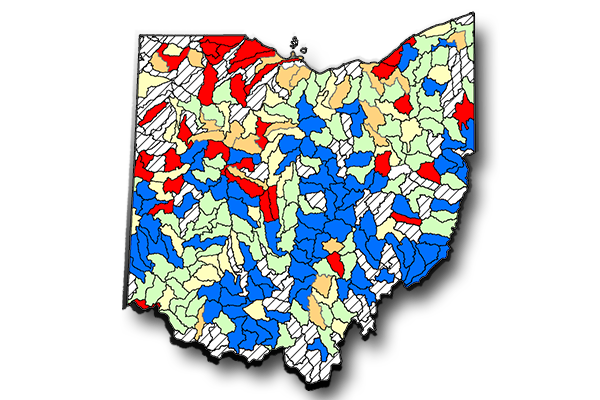The analyses contained in this report were originally developed by the Midwest Biodiversity Institute at the request of U.S. EPA, Region V in 2011. Since that time other issues with small headwater streams in Ohio have emerged specifically the importance of assessing headwater streams that are typically in the range of 1-20 square miles. Because the June 2011 version of this report focused on similar stream sizes the analyses and conclusions are equally relevant to these emerging issues. This revised version of the June 2011 report includes revisions intended to better amplify these issues, but the technical analyses are unchanged. The analyses were originally intended to inform the process of evaluating changes that were proposed to the Ohio WQS in 2011 and the four key assumptions of that proposal. The report concludes that the current practice of conducting use attainability analyses (UAA) that have been accomplished for more than 30 years is adequate for the management of drainage issues under the Clean Water Act (CWA).
The analyses are also informative for determining the potential impact and propagation of assessment errors of limiting watershed monitoring to sites of >10 square miles as opposed to the routine inclusion of sites <10 square miles. One finding is that stream sites <1.0 square mile can support aquatic life that meets the Warmwater Habitat suite of use designations, thus employing rules-of-thumb for planning and permitting would certainly result in under-protecting Ohio's stream resources and abrogation of the existing use clause of the EPA water quality regulations. For the past 30+ years the Ohio Tiered Aquatic Life Use (TALU) framework of designated uses and biocriteria has fostered an effective and balanced approach to protecting, restoring, and enhancing the quality of Ohio streams and rivers. This framework provides appropriate and effective levels of protection for Ohio streams and rivers and sets reasonably attainable restoration goals for the majority of Ohio streams and rivers that meet the Clean Water Act protection and propagation of fish, shellfish, and wildlife goal (CWA Section 101[a][2]). This process is tractable as evidenced by the hundreds of aquatic life use reviews and revisions that have been codified in the Ohio WQS as a routine outcome of the Ohio EPA monitoring and assessment program over the past 30 years. The maintenance of a monitoring program at this level of spatial resolution is essential to the integrity and validity of the UAA process.

